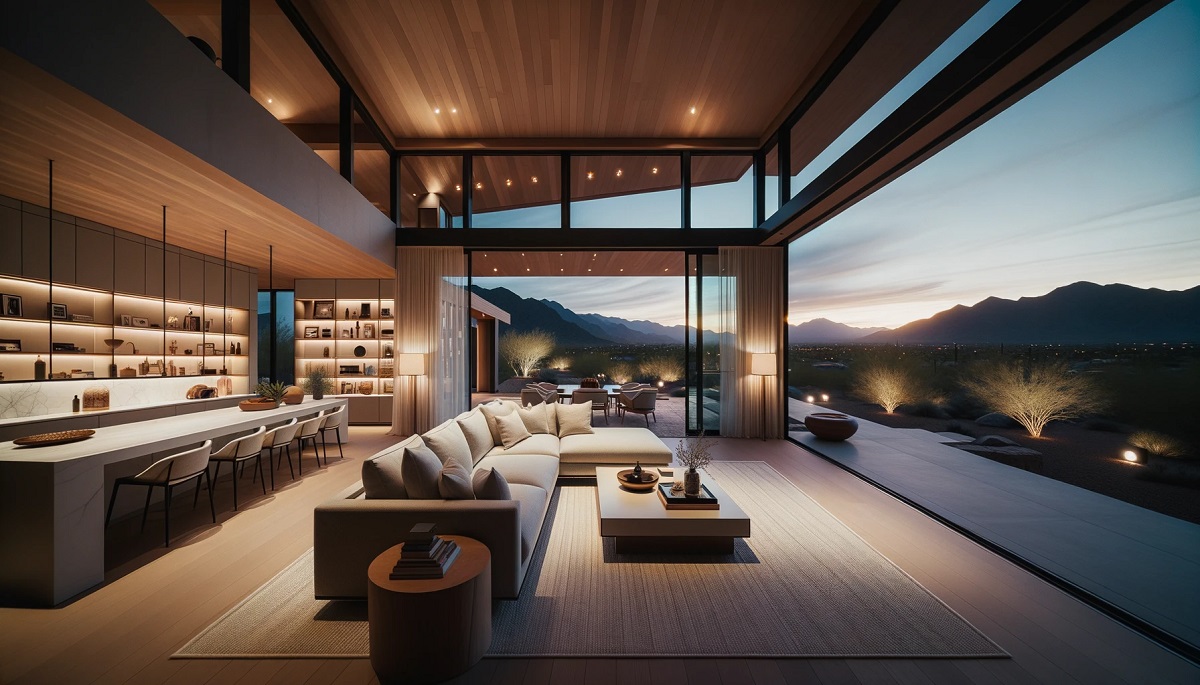10-Year AZ Housing Trends Released – Stats You Need To Know
Insights For Greater Phoenix
Welcome back. Arizona's housing market has seen a decade of transformation. And it's an opportune moment to reflect on these changes. We came across some fascinating statistics that comprehensively examine the state's housing trends from 2010 to 2020. Curious to find out how Arizona compares to the rest of the nation? If so, you'll enjoy the below info. All broken down in an easy-to-read format. The WLH way.
Growth Of Housing Units
If you're interested in housing growth:
- Arizona saw an 8.3% rise in housing units from 2010 to 2020
- Maricopa County led with a 10.6% growth rate
- Yavapai and Coconino counties followed closely with 9.7% and 9.1% respectively
The growth in Arizona far outstripped the national average, which stood at a 6.7% increase in housing units over the same period. Five counties, unfortunately, saw a decline in housing units, including La Paz and Apache counties.
Homeownership Rates
Homeownership is another intriguing dimension of the housing market:
- Arizona's homeownership rate in 2020 was 65.3%
- Pinal County boasted the highest rate at 79.6%
- Maricopa County lagged behind the national average at 63%
Over the decade, while homeownership declined nationally, Pinal and Yavapai counties saw significant boosts. Conversely, La Paz and Greenlee counties had the most notable decreases.
Also Read: Is The Greater Phoenix Market In A Bubble? What To Know

Rented Vs. Owned Homes
Renting versus owning is an ongoing debate, and here's how Arizona stacks up:
- About a third of housing units nationwide are rented
- Pinal County had the lowest percentage of rented units at 20.4%
- Greenlee County had the highest at 55.7%
Interestingly, in five Arizona counties, including Apache and La Paz, the number of homes owned outright surpassed those with mortgages.
Vacancy Trends
In regards to Arizona vacancy trends:
- 12.2% of housing in Arizona was vacant in 2020
- Pima County had the lowest vacancy rate at 9.2%
- La Paz County had the highest at 45.2%
The reasons for these vacant units vary from being up for sale or rent to seasonal use. Notably, more than half of the vacant units in several counties like La Paz and Navajo were for seasonal, recreational, or occasional use.
Also Read: Today We Take A Look At The Current Real Estate Landscape

Many Arizona Property Owners Leave During The Summer Months
More On Seasonal Housing
Understanding the purpose of vacant homes can give us added insights into the housing market's intricacies.
- More than half of vacant units in 2020 were for seasonal use
- La Paz had the highest percentage of seasonal use at 81.2%
- Only three counties claimed other reasons as the primary vacancy status
Seasonal housing holds a considerable share of the vacant units. Especially in La Paz, a staggering 81.2% of vacant houses were marked for seasonal use.
Final Takeaway
This decade-long snapshot of the Arizona real estate market offers invaluable data. The Greater Phoenix area, including Scottsdale, Paradise Valley, and surrounding areas, continues to evolve. Keep an eye on LUXE BLOG for more exciting updates. We post VERY often. See you next time.


















